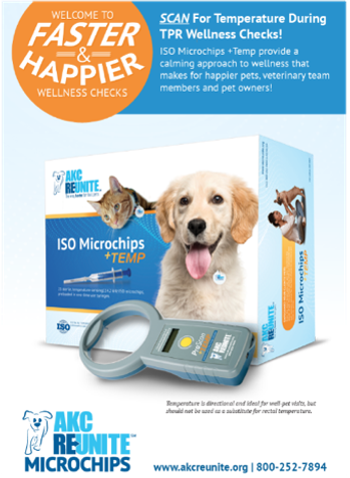
Disease plagues nation's swine population
Ames, Iowa - A virus spreading among U.S. swine operations caused nearly three times the infection rates reported last year, inducing "devastating economic loss" for producers and calls for vigilance among veterinarians, Iowa State University (ISU) researchers say.
AMES, IOWA — A virus spreading among U.S. swine operations caused nearly three times the infection rates reported last year, inducing "devastating economic loss" for producers and calls for vigilance among veterinarians, Iowa State University (ISU) researchers say.
The culprit is porcine circovirus associated disease (PCVAD). The disease complex, which can kill up to a reported 50 percent of infected pigs, results in an immunosuppressive condition associated with porcine circovirus type 2 (PCV2).
It's a new name for what was formerly known as postweaning multi-systemic wasting syndrome. Dr. Pat Halbur, professor and chair of ISU's Department of Veterinary Diagnostic and Production Animal Medicine, reports 2,360 confirmed PCVAD cases in 2006, compared with 964 cases last year.
"The cases of PCVAD have increased remarkably," Halbur says. "We started seeing it in 1997, and we thought it peaked in 2002; but now in the last year, we've seen an astounding increase in cases. It truly is amazing."
Link between PCV2, PCVAD
Halbur and other experts lack a definitive explanation for the current rise in PCVAD cases.
For several decades, circoviruses were present in swine without any apparent clinical disease, Halbur says. Now PCV2, a small DNA virus, is common among swine populations and directly linked to PCVAD, he adds.
Yet exactly how PCV2 plays a role in the disease's manifestation is not well understood. Typically, the virus needs triggers such as co-infections and environmental stressors to result in PCVAD.
"There are two thoughts," Halbur says. "The most common is that there's a new, more virulent PCV2 strain that has been introduced and has quickly spread. Another is that there is a new triggering agent, another virus or bacteria, that's causing PCVAD to become more of a problem."
Making a diagnosis
The disease complex's varying clinical signs compounds diagnosis difficulties.
PCVAD used to occur mainly in young, weaned pigs, resulting in extreme and sudden weight loss, jaundice, diarrhea, enlarged lymph nodes causing immune suppression and labored breathing. Hepatitis, nephritis and pneumonia often followed. Skin lesions, neurological deterioration, kidney failure and death characterize more severe cases.
The latest version mimics those symptoms but now affects older pigs weighing up to 150 pounds, research shows.
This confuses many producers and practitioners, Halbur says.
Plan for DVMs
To combat disease spread, early detection is key but not always easy. Experts note the virus is shed in feces, urine, saliva and respiratory secretions, although it's unclear whether it's only transmitted via those routes.
PCVAD also masks itself as other illnesses, making diagnostic testing essential, Halbur says. At least four vaccines now exist on the market, yet a cure still is unavailable.
ISU isn't the only institution researching PCVAD. At presstime, the University of Minn-esota received a $300,000 grant from Rapid Agriculture Response to combat what officials in the state consider an epidemic.
"If you see circovirus and if it causes disease, we need to know what else you have in combination with it," Halbur says. "Concurrent infections often accompany the virus."
Because it's a virus, there's really no treatment, Halbur adds.
"Treat the symptoms and the secondary infections," he says. "What's really important is to prevent it in subsequent groups of pigs coming through the system. My advice: Have a thorough diagnostic investigation done to confirm the presence of PCVAD and what other infections are present in the pig and herd."
Newsletter
From exam room tips to practice management insights, get trusted veterinary news delivered straight to your inbox—subscribe to dvm360.





